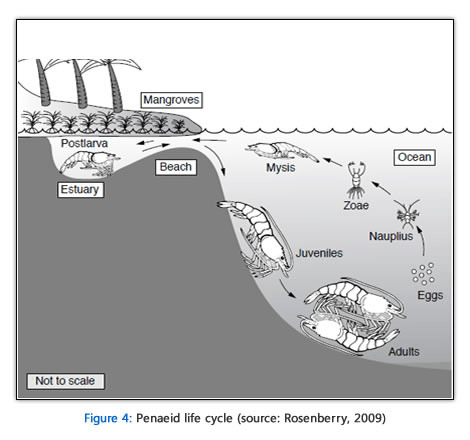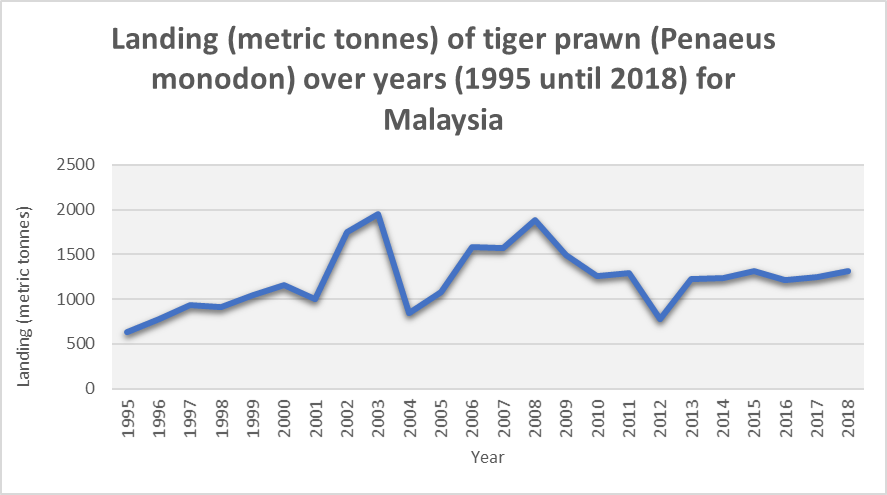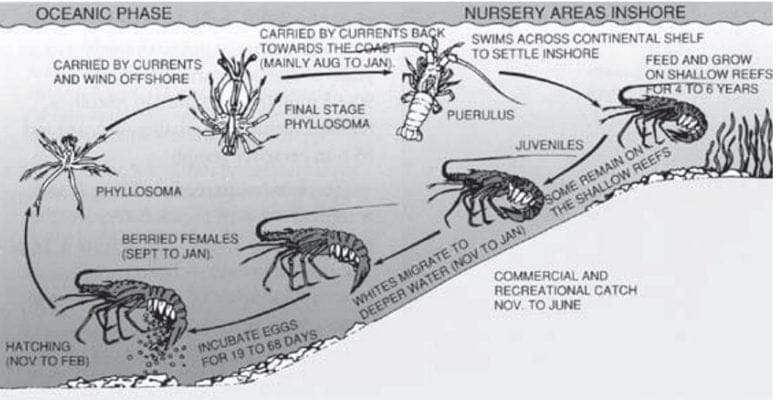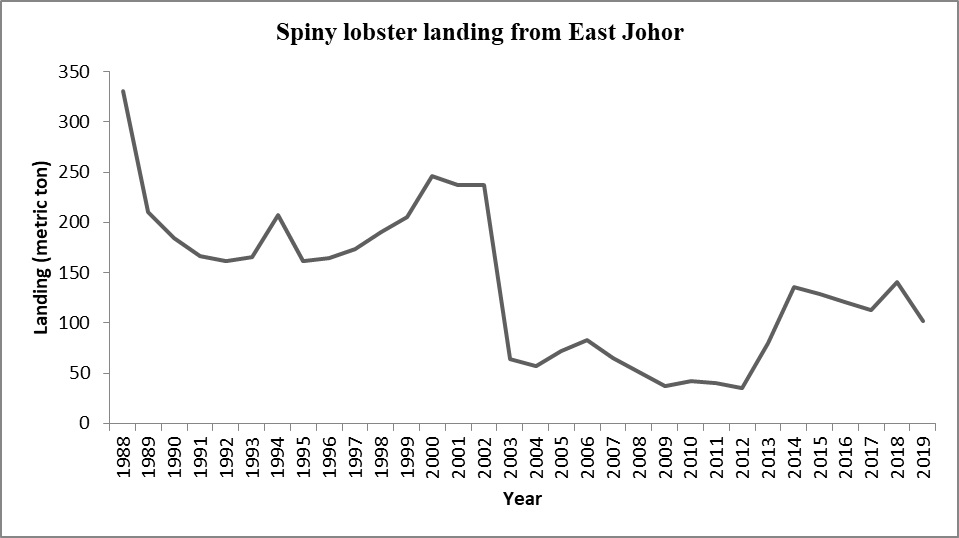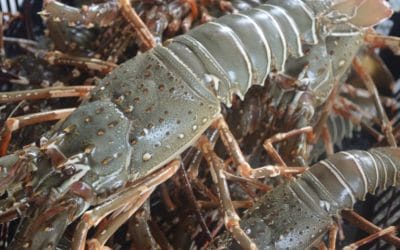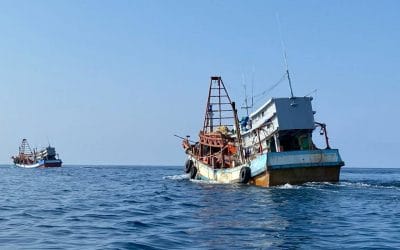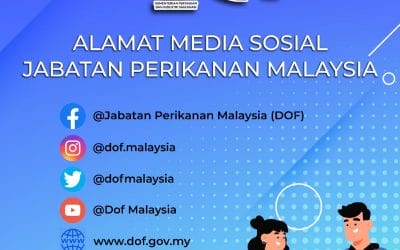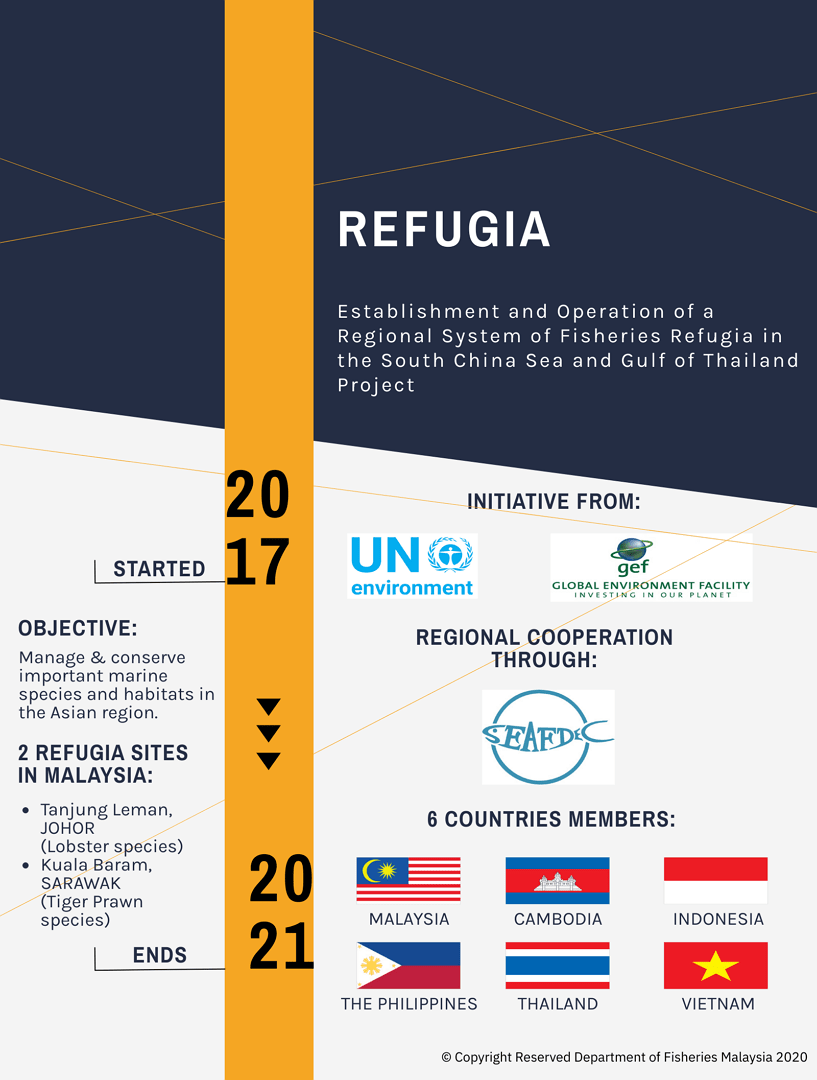Definition
Spatially and geographically defined, marine or coastal areas in which specific management measures are applied to sustain important species [fisheries resources] during critical stages of their life cycle, for their sustainable use (UNEP, 2005)
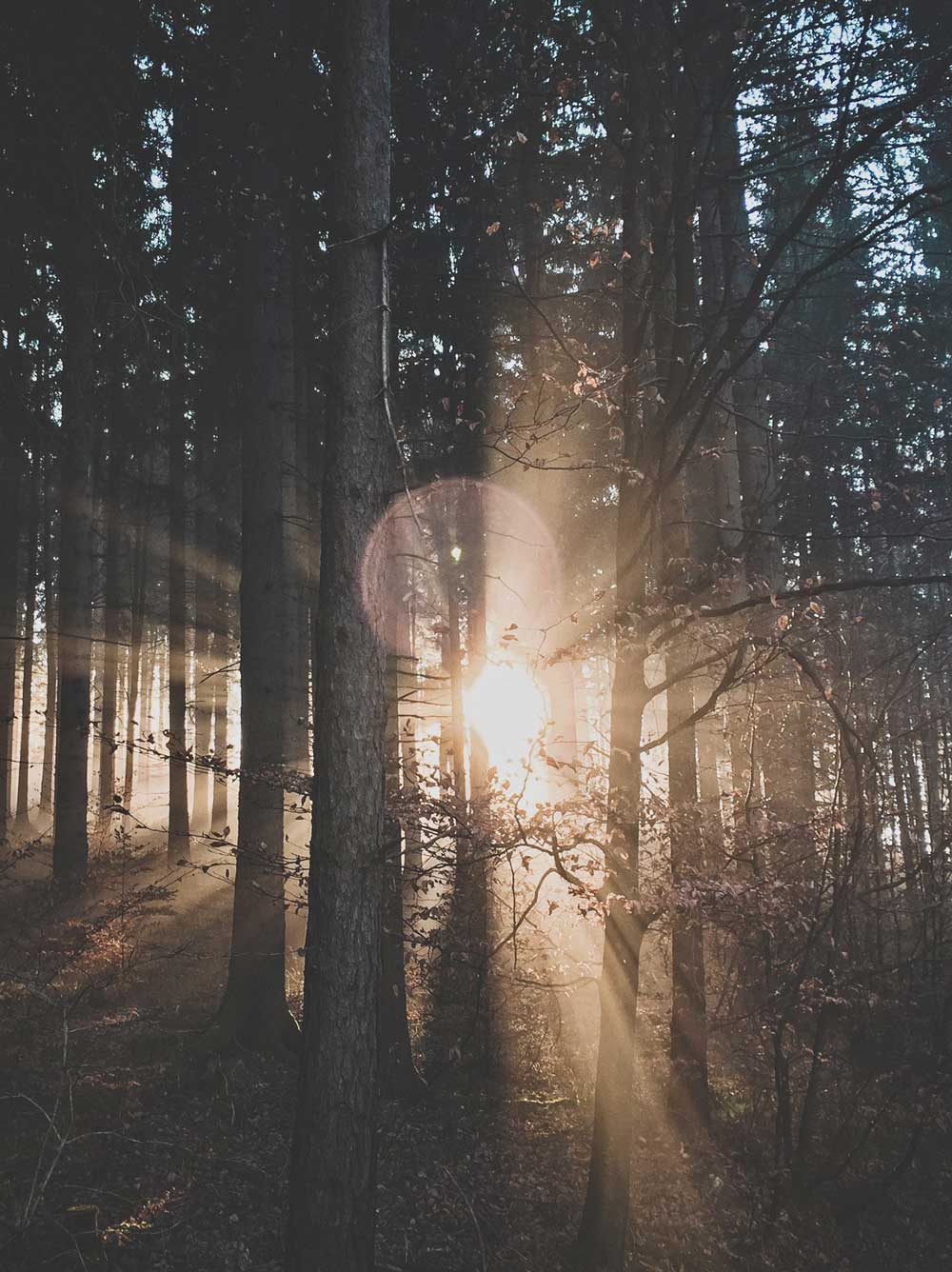
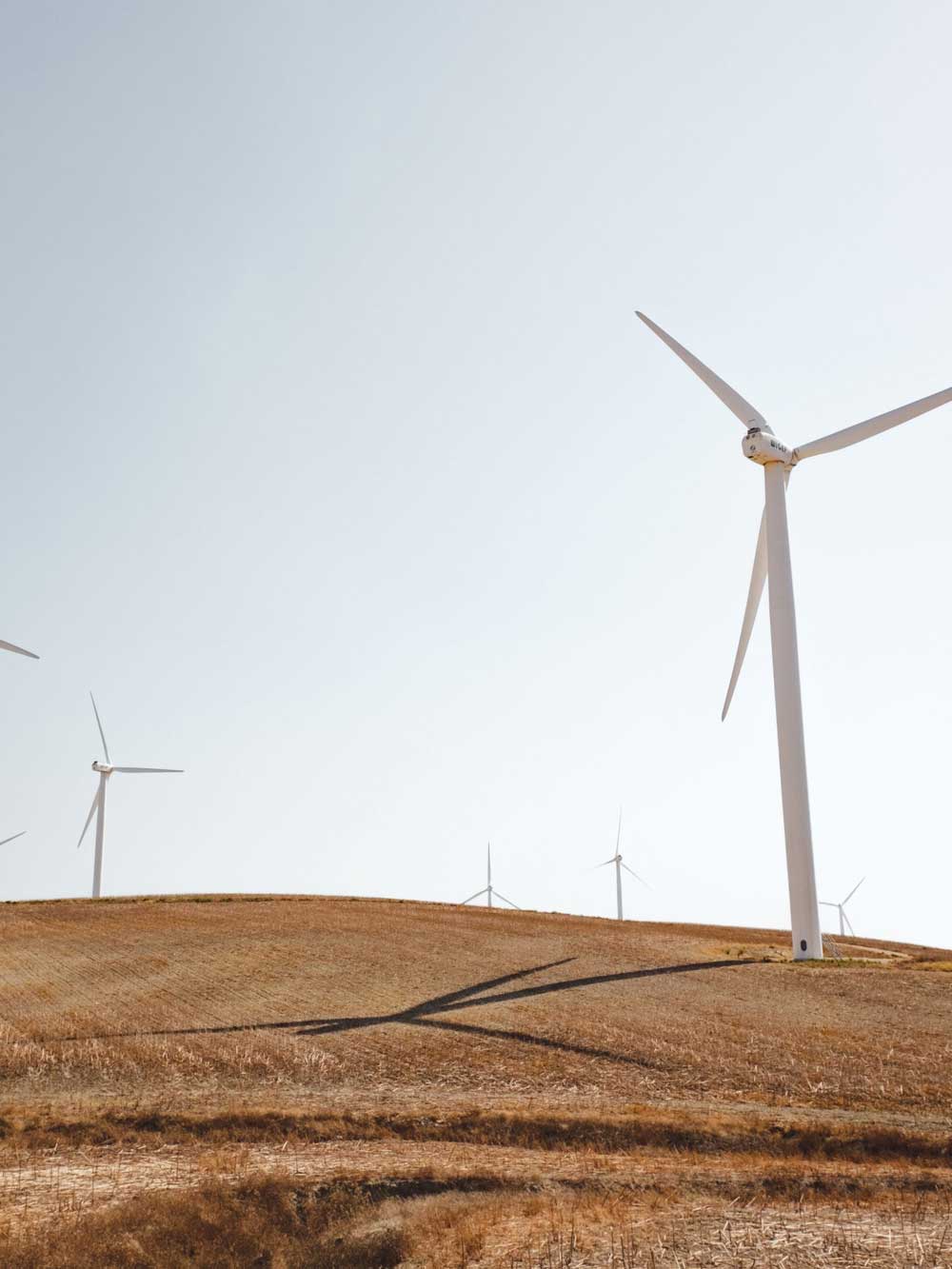
Refugia Concept
- NOT be “no take zones”, ·
- Have the objective of sustainable use for the benefit of present and future generations·
- Provide for some areas within refugia to be permanently closed due to their critical importance [essential contribution] to the life cycle of a species or group of species·
- Focus on areas of critical importance in the life cycle of fished species, including spawning, and nursery grounds, or areas of habitat required for the maintenance of bloodstock
- Have different characteristics according to their purposes and the species or species groups for which they are established and within which different management measures will apply·
- Have management plans
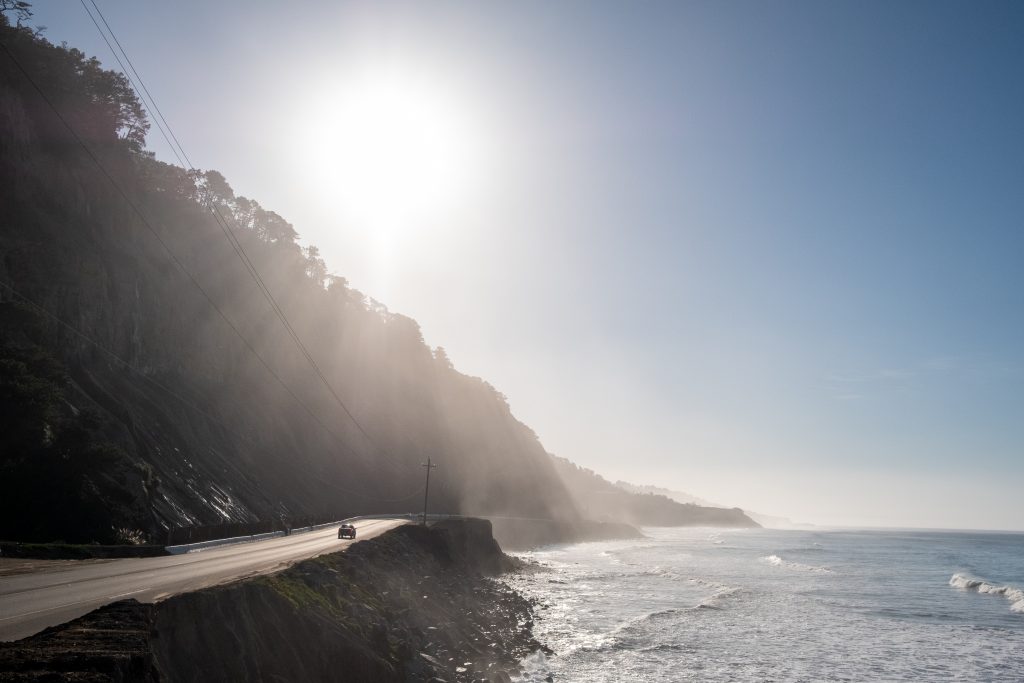
Limiting fishing activity may not be enough to achieve sustainable fishery exploitation due to a non-linear relationship between the animal size and egg production. However, catch restriction of animal of particular size and life stages may potentially maintain the population
Pauly (1997)
Refugia Lobster Brochure
Refugia Lobster Brochure
Poster P. Monodon
Poster P. Monodon
Poster Refugia Galeri Miri
Poster Refugia Galeri Miri
Nurseri Udang Harimau Juvenil
Nurseri Udang Harimau Juvenil
Morphology Udang Harimau
Morphology Udang Harimau
Morphology P. Monodon
Morphology P. Monodon
The Establishment of Tiger Prawn Refugia
The Establishment of Tiger Prawn Refugia
Compilation of Spiny Lobster Resource and Fishery Studies




